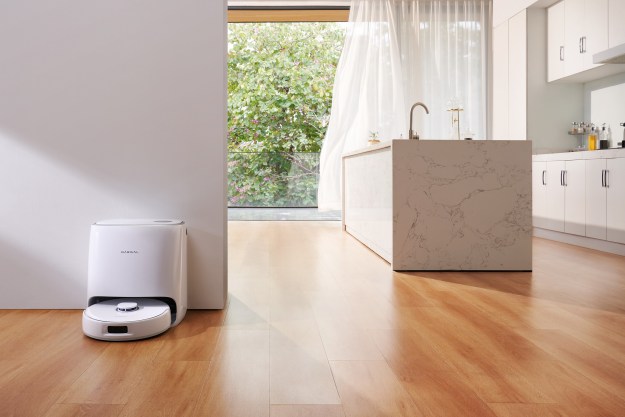
In addition to the urea base, Stanford chemistry professor Hongjie Dai and doctoral candidate Michael Angell (the two engineers working on the battery) chose to use aluminum and graphite electrodes to maintain its cheap price tag. All told, Dai and Angell’s creation boasts the ability to stash an abundance of renewable energy for users to utilize during off hours. Compared to the same group’s battery from two years ago, the latest iteration dodges using a spendy electrolyte to keep cost down.
“So essentially, what you have is a battery made with some of the cheapest and most abundant materials you can find on Earth,” said Dai. “And it actually has good performance.”
Moving forward, Dai and Angell intend to evaluate the battery’s chemical process to help extend its lifespan. In order for the battery to reach commercial quality — and to serve the demands of grid storage — the battery must last at least 10 years. Concerning the battery’s charge time and rough estimate of cycles, the team says it is designed to take just 45 minutes to replenish and has the ability to endure roughly 1,500 different cycles. With patents already secured for the design — to a company founded by Dai called AB Systems — the immediate next step for the duo is to finish the creation of a standard commercial version.
Editors' Recommendations
- Next-generation batteries could use material derived from trees
- Bentley’s first electric car could use cutting-edge solid-state batteries
- New research could help Tesla’s EV batteries last for a million miles
- Researchers use brain-machine interface to create a sixth sense in rats
- Stanford researchers create algorithm that makes wind turbines more efficient



